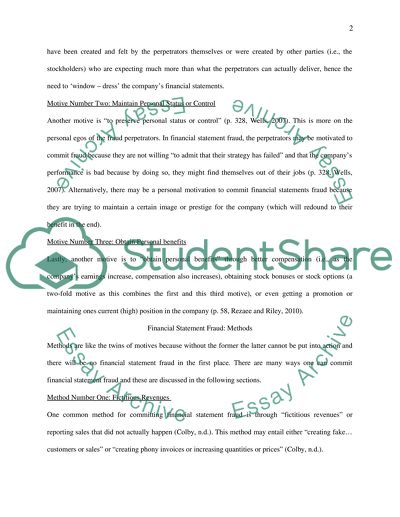Cite this document
(“Financial Statement Fraud: Motives, Methods, and Detection Essay”, n.d.)
Financial Statement Fraud: Motives, Methods, and Detection Essay. Retrieved from https://studentshare.org/finance-accounting/1566578-financial-statement-fraud-motives-methods-cases-and-detection
Financial Statement Fraud: Motives, Methods, and Detection Essay. Retrieved from https://studentshare.org/finance-accounting/1566578-financial-statement-fraud-motives-methods-cases-and-detection
(Financial Statement Fraud: Motives, Methods, and Detection Essay)
Financial Statement Fraud: Motives, Methods, and Detection Essay. https://studentshare.org/finance-accounting/1566578-financial-statement-fraud-motives-methods-cases-and-detection.
Financial Statement Fraud: Motives, Methods, and Detection Essay. https://studentshare.org/finance-accounting/1566578-financial-statement-fraud-motives-methods-cases-and-detection.
“Financial Statement Fraud: Motives, Methods, and Detection Essay”, n.d. https://studentshare.org/finance-accounting/1566578-financial-statement-fraud-motives-methods-cases-and-detection.


